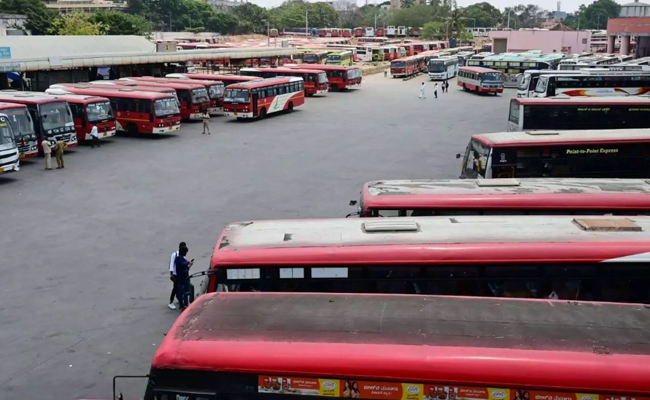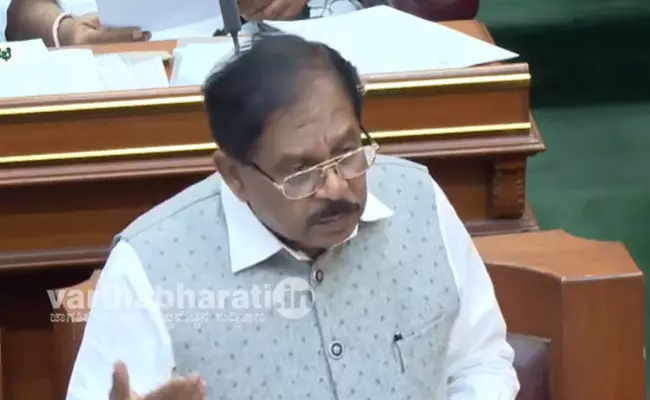Bengaluru, Mar 6: The Central government on Monday submitted its arguments against the petition challenging the blocking orders filed by Twitter in the Karnataka High Court.
Additional Solicitor General R Sankaranarayanan placed the arguments before the single judge bench of Justice Krishna S Dixit.
On behalf of Twitter, senior advocates Arvind Datar and Ashok Haranahalli had presented the arguments in December 2022.
The arguments for the Central government was delayed due to time sought by the Centre's counsels.
The ASG informed the court on Monday that Twitter had not appeared before the Review Committee to challenge the blocking orders but instead approached the High Court.
The Central government submitted details of the responsibilities of intermediaries like Twitter and the difference between the laws regarding intermediaries in India and the United Kingdom.
The court was also given details of the account holders whose Twitter handles were blocked for objectionable content.
The format of the notices issued to Twitter was also submitted to the court. The ASG sought time to present more analysis and details following which the court adjourned the hearing to March 26.
The petition was filed by Twitter in June 2022 against the take-down orders issued by the Ministry of Electronics and Information Technology (MeitY).
The social media company has claimed that the government was required to issue notice to the owners of the Twitter handles against whom blocking orders are issued.
Twitter had said that it was barred from informing the account holders about the takedown orders of the government.
Let the Truth be known. If you read VB and like VB, please be a VB Supporter and Help us deliver the Truth to one and all.
Bengaluru: The Karnataka State Road Transport Corporation will operate 1000 additional special services in view of the Christmas festival.
In addition to the existing schedule, the special services will run on 19.12.2025, 20.12.2025 and 24.12.2025. Further, special buses will be operated from various places of intra & Interstate places to Bengaluru on 26.12.2025 & 28.12.2025.
Special buses will be exclusively operated from Bengaluru Kempegowda Bus Station to Dharmastala, Kukkesubramanya, Shivamogga, Hassan, Mangaluru, Kundapura, Shringeri, Horanadu, Davangere, Hubbali, Dharwad, Belagavi, Vijayapura, Gokarna, Sirsi, Karwar, Raichur, Kalaburagi, Ballari, Koppala, Yadgir, Bidar, Tirupathi, Vijayawada, Hyderabad and other places.
ALSO READ: Bengaluru: Shopkeeper stabbed for refusing to serve free panipuri
Special buses from Mysuru Road Bus Station will be exclusively operated towards Mysuru, Hunsur, Piriyapatna, Virajpet, Kushalanagar, Madikeri.
The corporation has also announced a discount of 5 per cent on the fare if four or more passengers book tickets under a single reservation. A discount of 10 per cent will be extended on return journey tickets if onward and return tickets are booked simultaneously.
In addition to the above, special buses will be operated from all Taluk/District Bus Stands in the jurisdiction of KSRTC based on the traffic needs.





